Flexor Pollicis Longus muscle
Table of Contents
Description
The flexor pollicis longus muscle is a deep muscle located in the anterior compartment of the forearm. It is one of the muscles responsible for flexing the thumb or pollex.
The muscle originates from the anterior surface of the radius and the interosseous membrane, which connects the radius and ulna bones of the forearm. It travels through a fibrous tunnel called the carpal tunnel, which is formed by the carpal bones of the wrist, and a thick ligament called the flexor retinaculum.
The tendon of the flexor pollicis longus muscle passes through a separate fibrous canal within the carpal tunnel, called the flexor pollicis longus canal, before attaching to the lower part of the distal phalanx of the thumb.
The flexor pollicis longus muscle is innervated by the anterior interosseous nerve, which is a branch of the median nerve. It is also supplied with blood by the anterior interosseous artery, which is also a branch of the ulnar artery.
The primary action of the flexor pollicis longus muscle is the flexion of the thumb at the interphalangeal joint, as well as assisting in the flexion of the wrist. It also contributes to the movement of the thumb towards the palm, a movement known as adduction.
Structure of flexor pollicis longus
- The flexor pollicis longus muscle is a deep muscle located in the anterior compartment of the forearm.
- It has a long, slender belly that originates from the anterior surface of the radius and the interosseous membrane of the forearm.
- The muscle belly gradually narrows into a long, thin tendon that passes through a fibrous tunnel called the carpal tunnel, along with other tendons of the forearm flexor muscles.
- Within the carpal tunnel, the tendon of the flexor pollicis longus muscle passes through a separate fibrous canal called the flexor pollicis longus canal.
- The tendon of the flexor pollicis longus muscle runs along the palm side of the wrist and forearm and inserts into the base of the thumb(distal phalanx).
- The flexor pollicis longus muscle is covered by several layers of muscles and fascia, including the flexor digitorum profundus muscle, the pronator quadratus muscle, and the deep fascia of the forearm.
- The muscle is supplied by the anterior interosseous nerve, which is a branch of the median nerve.
- The anterior interosseous artery, a branch of the ulnar artery, supplies the muscle with blood.
Overall, the flexor pollicis longus muscle is a slender, long muscle that plays an important role in the flexion of the thumb and wrist.
origin and insertion of Flexor Pollicis Longus muscle
- The flexor pollicis longus muscle originates from two main sources: the anterior surface of the radius and the adjacent interosseous membrane that connects the radius and ulna bones of the forearm.
- The muscle belly runs down the forearm and passes through the carpal tunnel, a fibrous canal formed by the carpal bones of the wrist, and a thick ligament called the flexor retinaculum.
- The tendon of the flexor pollicis longus muscle then passes through a separate fibrous canal within the carpal tunnel called the flexor pollicis longus canal, before finally inserting into the base of the thumb (on the distal phalanx).
In summary, the origin of the flexor pollicis longus muscle is the anterior surface of the radius and the interosseous membrane and its insertion are at the base of the thumb (on the distal phalanx).
Nerve supply
- The flexor pollicis longus muscle is innervated by the anterior interosseous nerve, which is a branch of the median nerve.
- The anterior interosseous nerve arises from the median nerve within the cubital fossa or the bend of the elbow.
- The nerve travels down the forearm between the flexor digitorum profundus and flexor pollicis longus muscles before it reaches the muscle.
- It provides motor innervation to the flexor pollicis longus muscle and to the other muscles in the anterior compartment of the forearm, including the pronator quadratus and flexor digitorum profundus muscles.
Blood supply of flexor pollicis longus muscle
- The flexor pollicis longus muscle is primarily supplied with blood by the anterior interosseous artery, which is a branch of the ulnar artery.
- The anterior interosseous artery runs alongside the anterior interosseous nerve in the forearm, providing blood supply to the muscles in the anterior compartment of the forearm, including the flexor pollicis longus muscle.
- The anterior interosseous artery gives off several small branches that supply blood to the flexor pollicis longus muscle.
- These branches run along the muscle and provide oxygen and nutrients to its cells.
- The anterior interosseous artery also gives off a branch called the nutrient artery of the radius, which supplies blood to the bone and the adjacent soft tissues, including the flexor pollicis longus muscle.
In addition to the anterior interosseous artery, the flexor pollicis longus muscle may also receive a small amount of blood supply from other arteries in the forearm, including the ulnar artery, radial artery, and branches.
Functions of Flexor Pollicis Longus muscle
The flexor pollicis longus muscle has several important functions in the hand and wrist:
Flexion of the thumb:
- The primary function of the flexor pollicis longus muscle is to flex the thumb at the interphalangeal joint and the metacarpophalangeal joint.
- This allows the thumb to move toward the palm, which is important for grasping and holding objects.
Flexion of the wrist:
- The flexor pollicis longus muscle is also put up to the flexion of the wrist joint.
- When the muscle contracts, it pulls on the wrist bones, causing the wrist to bend toward the palm.
Stabilization of the wrist:
- The flexor pollicis longus muscle also plays a role in stabilizing the wrist joint during certain hand movements, such as gripping or squeezing objects.
Pronation of the forearm:
- Although not a primary function, the flexor pollicis longus muscle also contributes to the pronation of the forearm, which is the rotation of the forearm so that the palm faces downwards.
Overall, the flexor pollicis longus muscle is essential for the proper functioning of the hand and wrist, allowing for important movements and providing stability to the wrist joint.
Associated conditions
Several conditions can affect the flexor pollicis longus muscle:
Tendinitis:
- Tendinitis of the flexor pollicis longus muscle is a common condition that can cause pain and inflammation in the wrist and thumb.
- It often results from overuse or repetitive strain on the muscle, such as from typing or playing sports.
Tenosynovitis:
- Tenosynovitis is an inflammation of the sheath that surrounds the flexor pollicis longus tendon as it passes through the carpal tunnel.
- It can cause pain, swelling, and difficulty moving the thumb.
Trigger finger:
- Trigger finger is a condition that occurs when the flexor tendon becomes inflamed and swollen, causing it to catch or “trigger” as it moves through the tendon sheath.
- This can cause pain, stiffness, and difficulty moving the affected finger.
Nerve compression:
- The flexor pollicis longus muscle and its tendon pass through the carpal tunnel and the median nerve.
- If the median nerve becomes compressed or pinched within the tunnel, it can cause symptoms such as numbness, tingling, or weakness in the thumb, index, and middle fingers.
Fractures:
- Fractures of the radius bone or the distal phalanx of the thumb can also affect the flexor pollicis longus muscle, causing pain, weakness, and difficulty moving the thumb.
Treatment for these conditions may include rest, ice, physical therapy, anti-inflammatory medications, and in some cases, surgery to release the inflamed tendon or decompress the median nerve.
Strengthening exercise
Here are a few physiotherapy exercises that may help strengthen the flexor pollicis longus
muscle:
Wrist flexion:
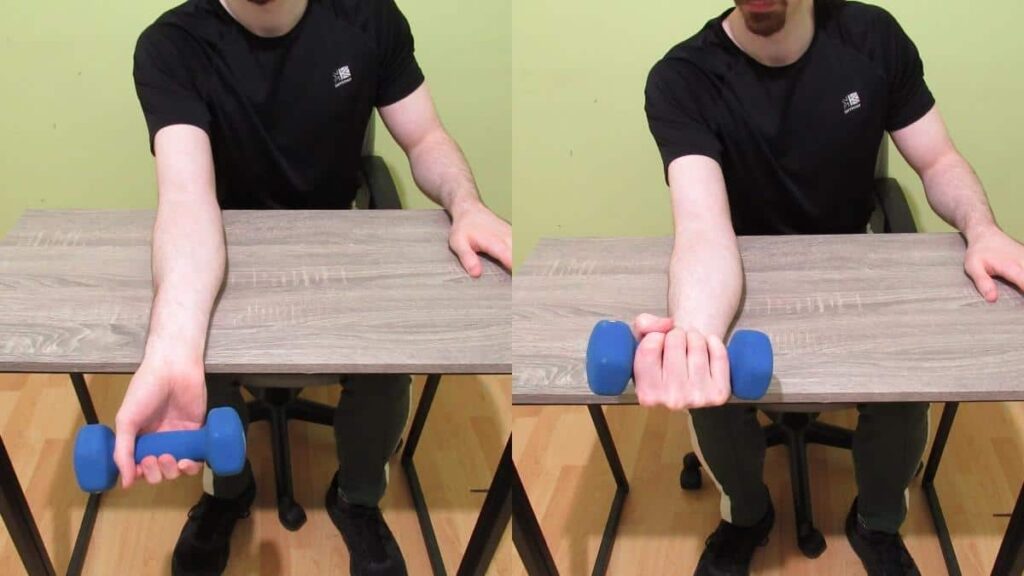
- Sit at a table with your forearm resting on the table and your wrist hanging over the edge.
- Hold a lightweight or resistance band in your hand and flex your wrist, lifting the weight or pulling the band up towards your body.
- Slowly lower the weight or band back down and repeat for several repetitions.
Thumb flexion:
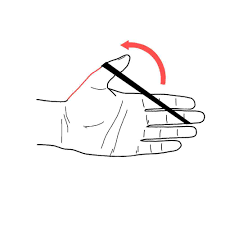
- Sit at a table with your forearm resting on the table and your palm facing down.
- Place a small object, such as a coin, on the table and pick it up with your thumb, bringing it toward your palm.
- Slowly release the object and repeat for several repetitions.
Finger extensions:
- Hold your hand out in front of you with your palm facing down.
- Slowly open and close your fingers, trying to spread them apart as much as possible. Repeat for several repetitions.
Finger walks:
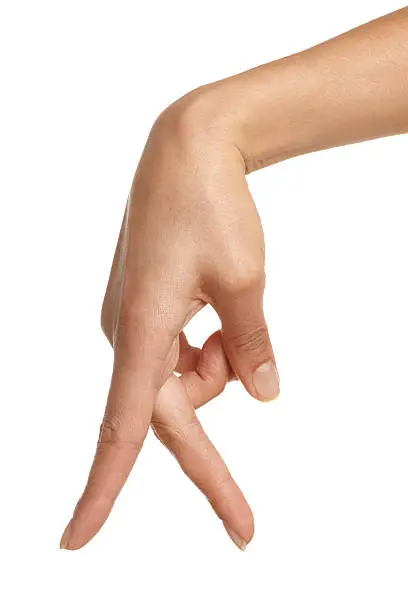
- Place your hand on a table with your fingers spread apart.
- Slowly walk your fingers forward, moving one finger at a time until they are all bunched into a fist.
- Then, slowly walk your fingers back out again. Repeat for several repetitions.
Grip strengthening:
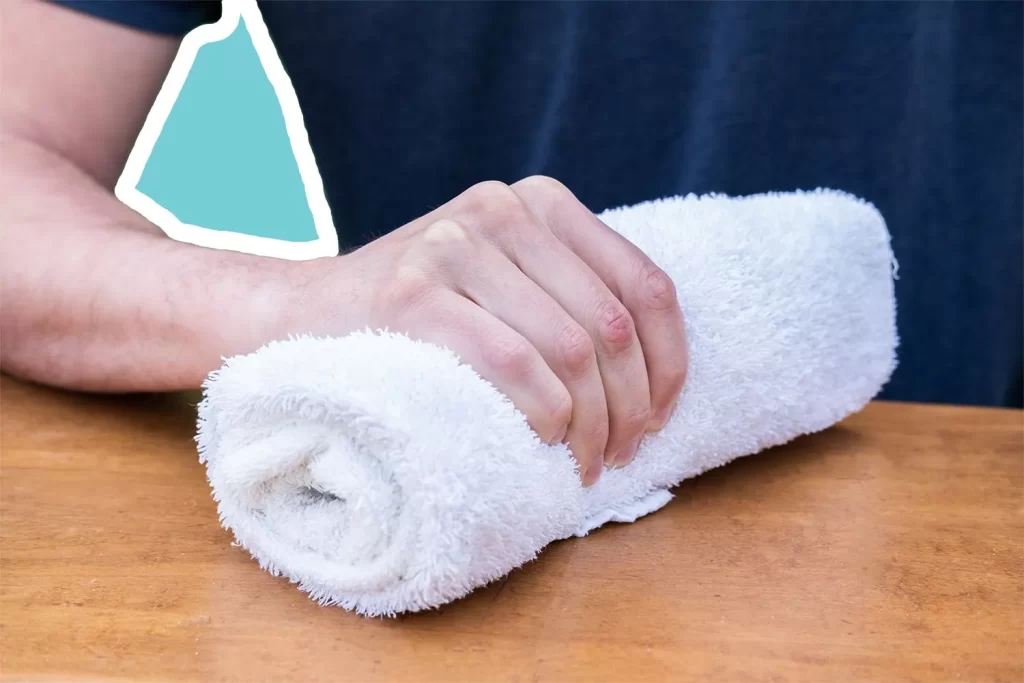
- Squeeze a softball or grip strengthener in your hand, holding the squeeze for several seconds before releasing.
- Repeat for several repetitions.
It is important to consult with a physiotherapist before attempting new exercises, especially if you are experiencing pain or discomfort. A physiotherapist can help you develop a customized exercise program that is safe and effective for your specific needs.
Here are some strengthening exercises that can target the flexor pollicis longus muscle:
Pinch grip exercise:

- Hold a small object, such as a ball or a pen, between the tips of your thumb and fingers.
- Squeeze the object tightly for a few seconds, and then release it.
- Repeat for 10 to 15 repetitions.
Finger-tip push-ups:
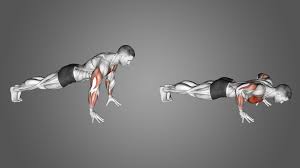
- Start in a push-up position, with your body straight and your weight balanced on your toes and fingertips.
- Slowly lower your body towards the ground, bending your elbows.
- As you push yourself back up, focus on pushing yourself up using only the tips of your fingers, rather than your palms.
- Repeat for 10 to 15 repetitions.
Remember to start with a lower weight or resistance level and gradually increase as your strength improves. It is also important to maintain good form and avoid any exercises that cause pain or discomfort. Consulting with a physiotherapist or exercise specialist can help you create a personalized exercise program that is safe and effective for your specific needs.
FAQ
The flexor pollicis longus originates on the anterior part of the radius (volar aspect) and the adjacent interosseous membrane. This origin point is just lower than the radial tuberosity. It also passes deep to the flexor retinaculum (transverse carpal ligament).
Flexor pollicis longus is permitting muscle tears, muscle strain, tendonitis, and rupture. Weakness in the big toe, pain, or a reduction in the thumb’s range of movement might suggest an injury to the flexor pollicis longus.
The carpal tunnel contains 9 tendons: the flexor pollicis longus, the 4 flexor digitorum superficialis, and the 4 flexor digitorum profundus as well as the median nerve (B, C).
The most usual signs of a flexor tendon injury involve:
An open injury, namely a cut, on the palm side of the hand, wrist, or forearm.
Not able to flex one or more joints of the digits.
Tenderness along the finger on the volar side of the hand.
Numbness in the fingertip.
3 months
The FPL begins in the tip of the thumb, travels via the wrist, and attaches to a muscle in the forearm. Repaired tendons have a poor blood supply and take a long time to heal (3 months).

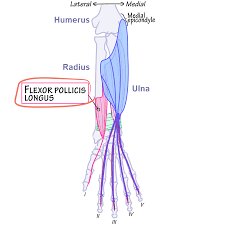


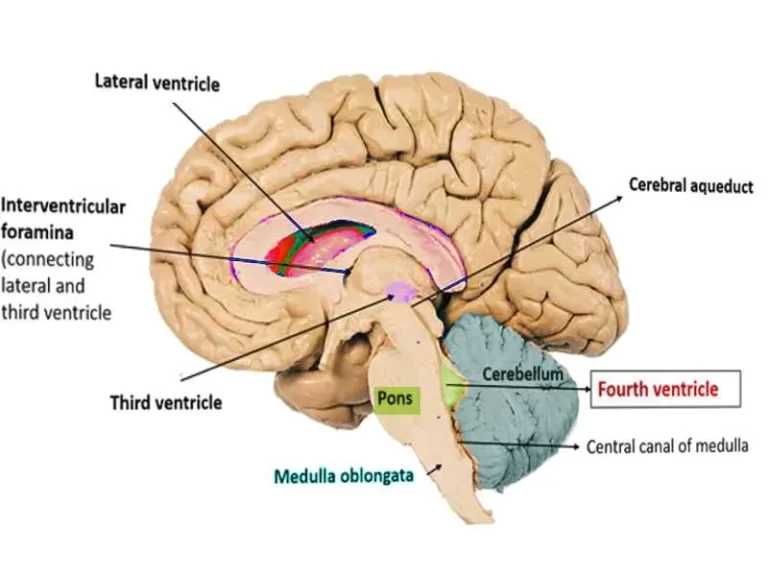
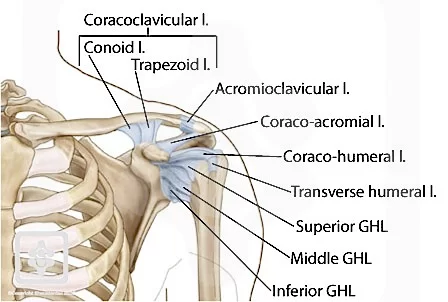
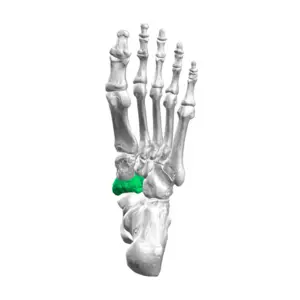
2 Comments